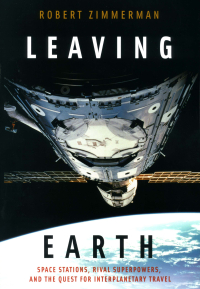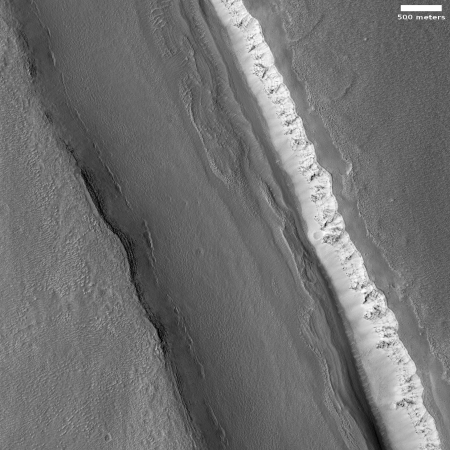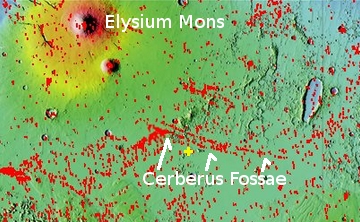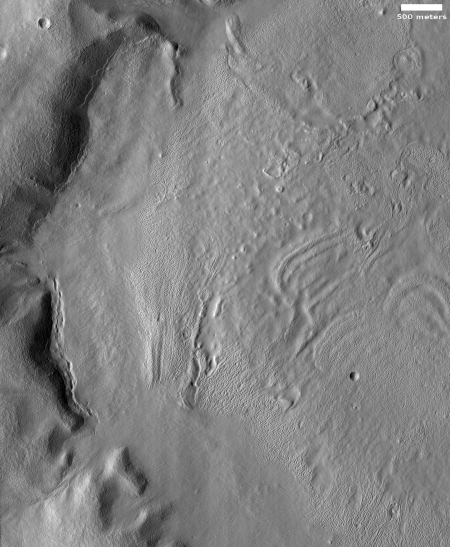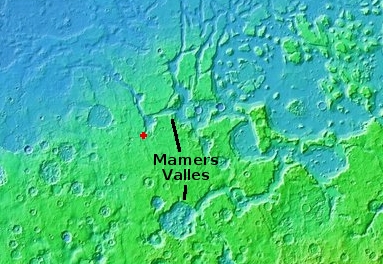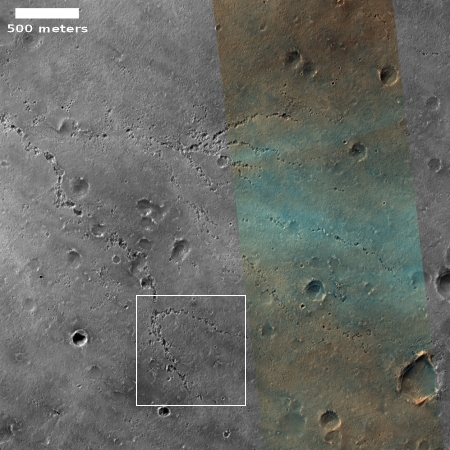Northrop Grumman completes first robotic docking to a satellite
Capitalism in space: Northrop Grumman’s Mission Extension Vehicle (MEV) on February 25, 2020 completed first robotic docking to a satellite for the express goal of extending that satellite’s life.
This was the first time ever that a commercial robotic satellite docked with a second commercial satellite for such a purpose. It was also the first time such a docking has been done using no government funds.
More information here.
MEV-1 will stay docked to this satellite for about five years, providing it attitude control and guidance. The robot will then move the satellite into a safe graveyard orbit, detach, and be then capable of docking with a second satellite to extend its life as well. Moreover, Northrop Grumman is building a second MEV, with the hope it will be hired to save other satellites.
This achievement lays the foundation for a new stage in commercial space. It proves that unmanned robots can dock with objects in space, both to repair them and extend their life, but also to remove them from orbit and thus reduce the quantity of space junk.
Capitalism in space: Northrop Grumman’s Mission Extension Vehicle (MEV) on February 25, 2020 completed first robotic docking to a satellite for the express goal of extending that satellite’s life.
This was the first time ever that a commercial robotic satellite docked with a second commercial satellite for such a purpose. It was also the first time such a docking has been done using no government funds.
More information here.
MEV-1 will stay docked to this satellite for about five years, providing it attitude control and guidance. The robot will then move the satellite into a safe graveyard orbit, detach, and be then capable of docking with a second satellite to extend its life as well. Moreover, Northrop Grumman is building a second MEV, with the hope it will be hired to save other satellites.
This achievement lays the foundation for a new stage in commercial space. It proves that unmanned robots can dock with objects in space, both to repair them and extend their life, but also to remove them from orbit and thus reduce the quantity of space junk.



